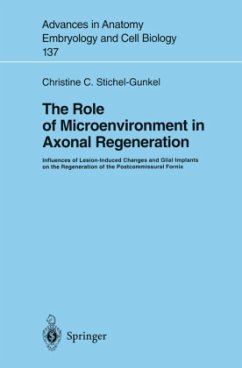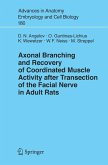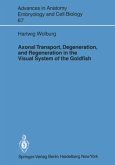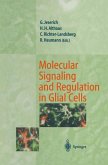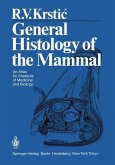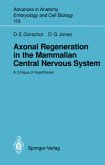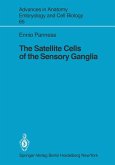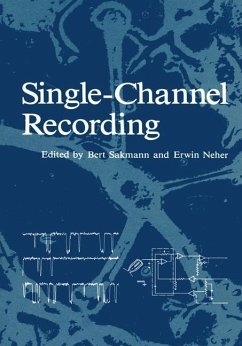The studies described in this book were carried out in the Mo lecular Neurobiology Group, Department of Neurology, at the University of Diisseldorf, Germany. The main goal of this work was to gain an understanding of the mechanisms responsible for neuronal regeneration failure in the adult mammalian central nervous system and to learn how they can be influenced. Ap proaches focused on (a) the identification of the extrinsic cellular and/or molecular factors that are responsible for regeneration failure in the adult CNS and (b) the improvement of axonal regeneration by changing the local environment of the lesioned axons. The stereotactically transected postcommissural fornix was used as a lesion and implantation model. This volume of Advances in Anatomy, Embryology and Cell Biology presents these particular studies on the degeneration and regeneration of the postcommissural fornix performed over the past several years. It is hoped that this basic experimental research will lead to the development of reparative and neuroprotective strategies useful in the treatment of both injury to the CNS and neurode generative diseases. This study would not have been possible without the help of several people. I thank Prof. H. W. Miiller, head of the Molecular Neurobiology Laboratory, for his support and for his critical comments on the manuscript; Dr. G. Wunderlich, Dr. K. Lips, and S. Hermanns for their fruitful collaboration; Prof. M. Schwab for the generous gift ofIN1 antibodies; Prof. H. -G. Hartwig and G.
Hinweis: Dieser Artikel kann nur an eine deutsche Lieferadresse ausgeliefert werden.
Hinweis: Dieser Artikel kann nur an eine deutsche Lieferadresse ausgeliefert werden.

